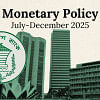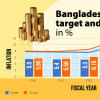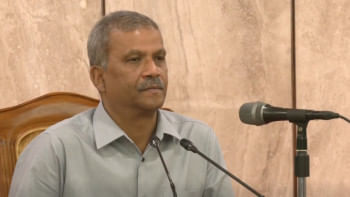Bangladesh Bank set to unveil monetary policy

Bangladesh Bank is going to unveil the monetary policy for the January-June period of the fiscal year 2022-23 this afternoon and return to the half-yearly policy after discontinuing it for three years.
The central bank will announce its policy stance at a time when the economy faces several challenges.
Inflation, despite moderating slightly in recent months, remains elevated, staying around 9 per cent. Average inflation stood at 7.7 per cent as of December.
Bangladesh's currency, the taka, has lost its value sharply against the US dollar as imports and other payments continue to remain higher than exports and remittance inflows.
Foreign currency reserves fell to $32.51 billion on January 11 this year from $44.92 billion a year ago, according to Bangladesh Bank data.
The banking sector is also suffering from multiple problems, including liquidity crunch and rising default loans for loan scams and repeated rescheduling of loan repayments.
The 9 per cent cap on the interest rate on lending is another barrier since it has made borrowing cheaper for borrowers but has affected deposit mobilisation since savers don't want to park their funds with banks for a deposit rate that is lower than the inflation rate.
Cheaper funds have also made it harder for the country to rein in escalated consumer prices. This situation has prompted analysts to suggest lifting the ceiling to let the market forces settle the interest rate.
To curb inflation driven by demand, the BB raised its benchmark interest rate to 5.75 per cent in September, the third hike since May 29 when the interest rate was increased to 5 per cent.
The BB unveiled its monetary policy for the first half of 2022-23 in June, targeting to contain average inflation at 5.6 per cent at the end of this fiscal year.
In 2019-2020, the central bank moved away from a twice-a-year policy statement to an annual statement that was practised for the previous two decades. Thus, it began coming up with the policy in July alone.
The BB has decided to return to frame the monetary policy on a biannual as per a suggestion of the International Monetary Fund.

 For all latest news, follow The Daily Star's Google News channel.
For all latest news, follow The Daily Star's Google News channel. 








Comments